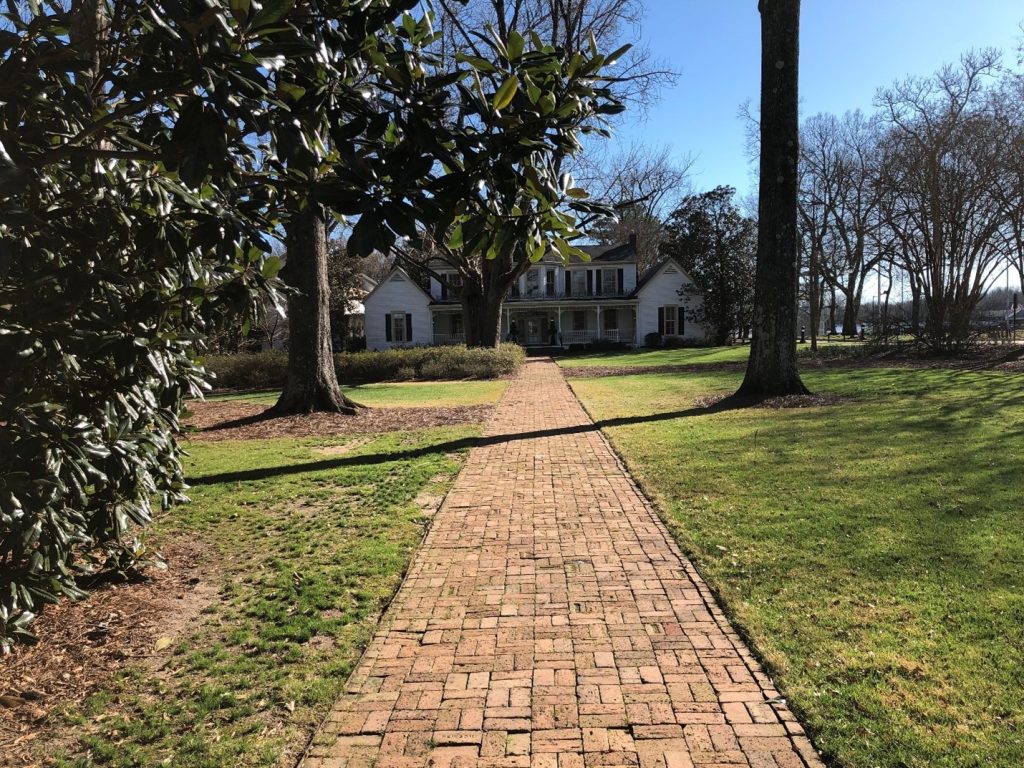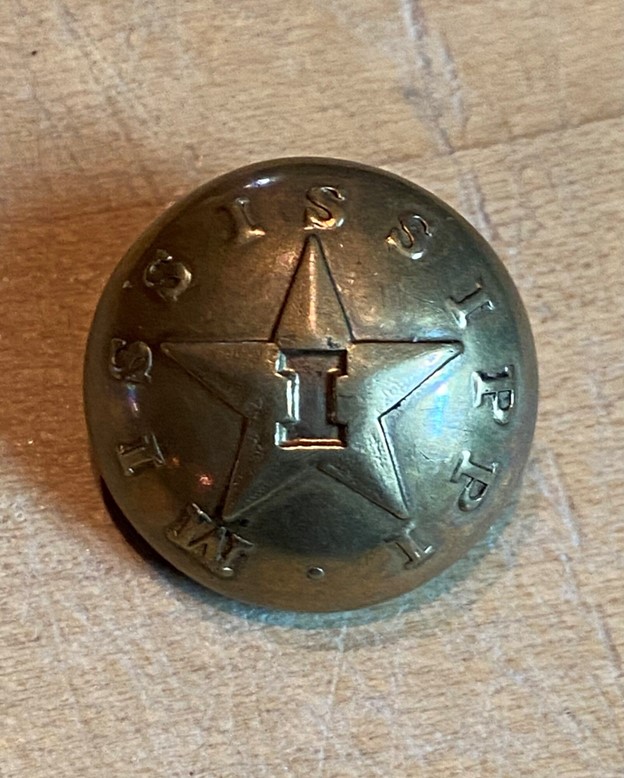“We Can Fight Better with The Lone Star on Us”: John C. Evans, 22nd Mississippi Infantry
ECW welcomes back guest author Jeff T. Giambrone
One of the great things about working with historical documents is that you sometimes find wonderful content in the most unexpected places. The other day I was conducting research in the 1861 quartermaster and ordnance records for the state of Mississippi. Going through such paperwork can be tedious, as most of it is just routine requests for the hundreds of different items that volunteer companies needed in the early days of the war.

In one document however I found the following gem of exposition written by Lt. John C. Evans of Co. H, “Lafayette Farmers,” 22nd Mississippi Infantry, to Col. Madison McAfee, quartermaster general for the State of Mississippi:
A company was organized in this place on yesterday of which the Hon. S.F. Smith formerly a representative from this county, is captain, and of which I am chosen 1st Lieutenant. Being desirous of having the Mississippi button and none other I was requested to write to you to obtain a sufficient number of the infantry pattern for eighty (80) uniforms. I do not know on what conditions you give them, but whatever they are I’ll endeavor to comply with, for I want ‘Mississippi’ repeated as many times as possible on our uniforms and we can fight better with the lone star on us than with the infamous old eagle of former days.[1]
Evans was a student at the University of Mississippi prior to joining the army, and the chancellor of that institution praised his former student in a letter to Confederate President Jefferson Davis, saying that he:
Sustained the highest character both as a gentleman and as a scholar. In native intellect, it is my belief that we have never had his superior in the institution; and in point of resolute industry and indefatigable perseverance in the pursuit of any worthy object, I am quite sure that we have never had his equal.[2]
For John C. Evans the future appeared to be impossibly bright, and in November 1861 he was rewarded with promotion to captain of his company.[3] In leading his command on April 6, 1862, he was killed in action at the battle of Shiloh. His service record simply said of the circumstances of his death “3 wounds & highly commended.”[4]

The body was never recovered, and the mortal remains of Capt. John C. Evans may lie buried in a mass grave on the Shiloh battlefield. I can’t help but wonder, if mixed in amongst his bones are a row of tarnished brass buttons bearing a single star and the word “Mississippi.”
Jeff T. Giambrone is a native of Bolton, Mississippi. He has a B.A. in history from Mississippi State University and an M.A. in history from Mississippi College. He is employed as a Historic Resources Specialist Senior at the Mississippi Department of Archives and History. Giambrone has published four books: Beneath Torn and Tattered Flags: A Regimental History of the 38th Mississippi Infantry, C.S.A.; Vicksburg and the War, which he co-authored with Gordon Cotton; An Illustrated Guide to the Vicksburg Campaign and National Military Park; and Remembering Mississippi’s Confederates. In addition, he has written articles for publications such as North South Civil War Magazine, Military Images Magazine, Civil War Monitor, and North South Trader’s Civil War Magazine.
[1] Lieutenant John C. Evans to Quartermaster General Madison McAfee, 28 July 1861. Series 401, Box 356, Folder: July 1861, Mississippi Department of Archives and History, Jackson, MS.
[2] Frederick A.P. Barnard to Jefferson Davis, 11 June 1861. Located in Compiled Service Records of Confederate Soldiers Who Served in Organizations from the State of Mississippi, 22nd Infantry, service record of John C. Evans. Accessed on Fold3.com, February 23, 2024.
[3] Compiled Service Records of Confederate Soldiers Who Served in Organizations from the State of Mississippi, 22nd Infantry, service record of John C. Evans. Accessed on Fold3.com, February 23, 2024.
[4] Ibid.
As a reader I find the writers use of the English language to be one of the most interesting parts. The stories told are more distinctive by the writers use of theverse of the times